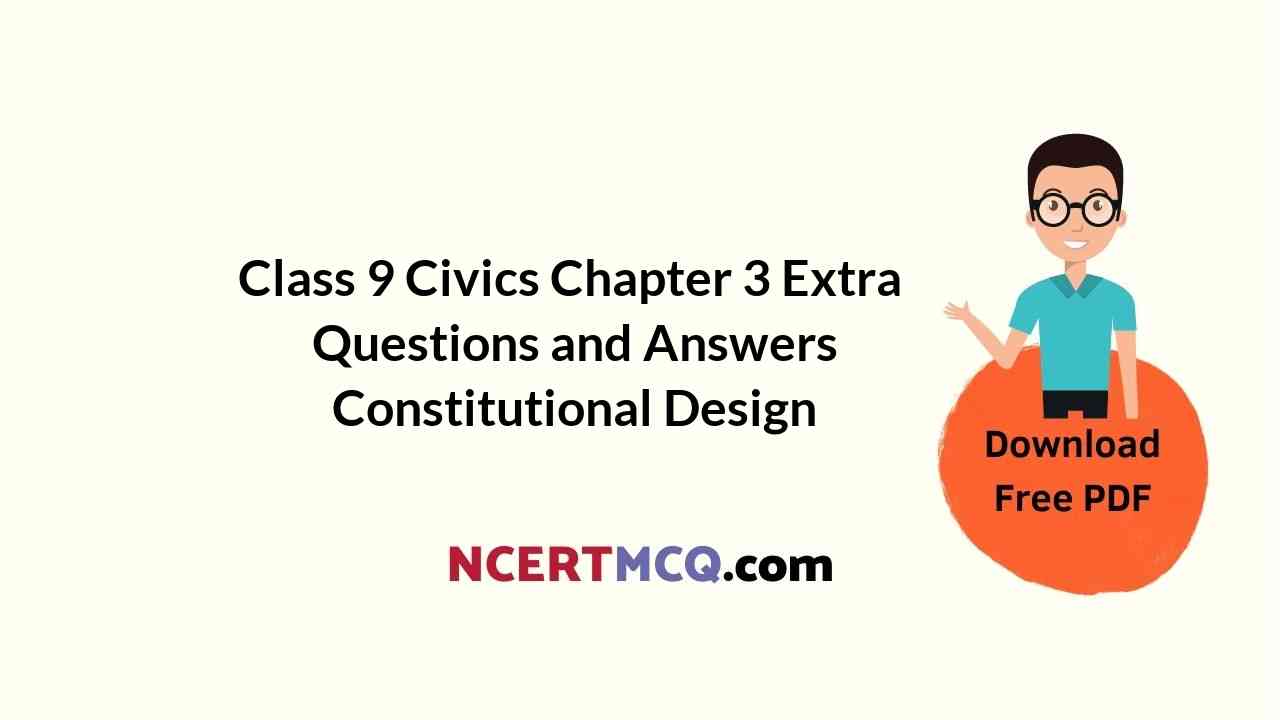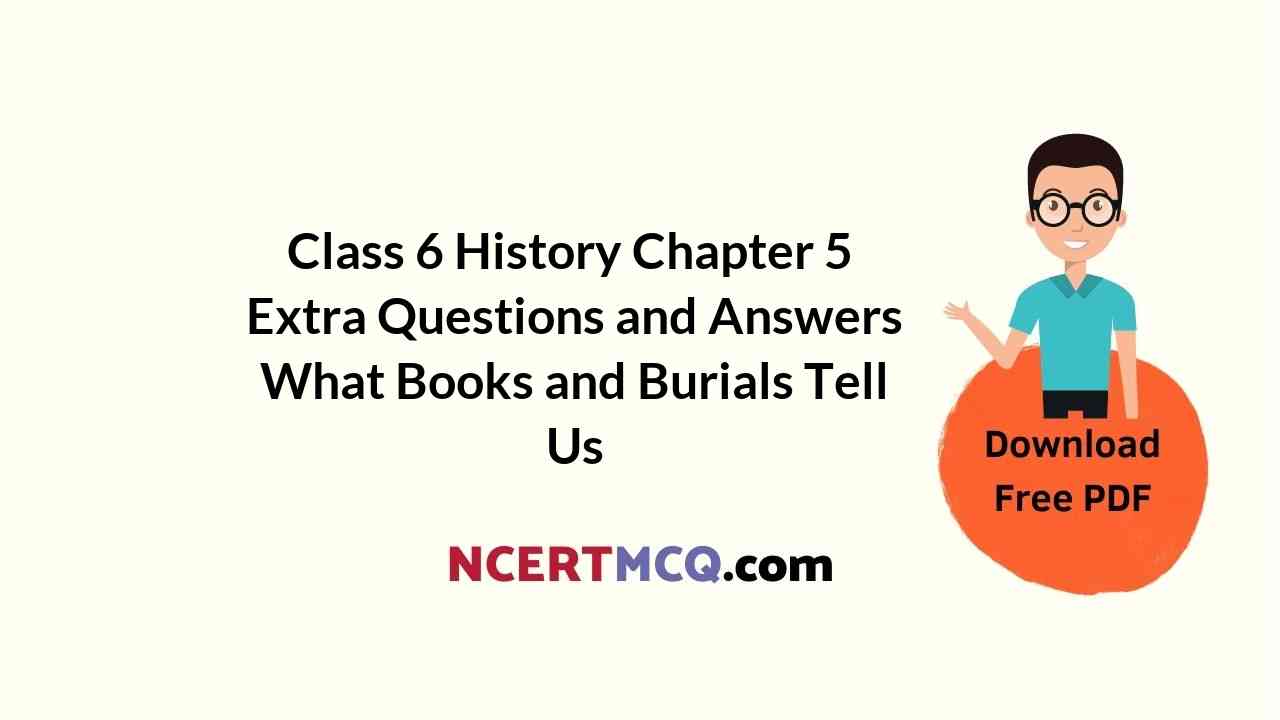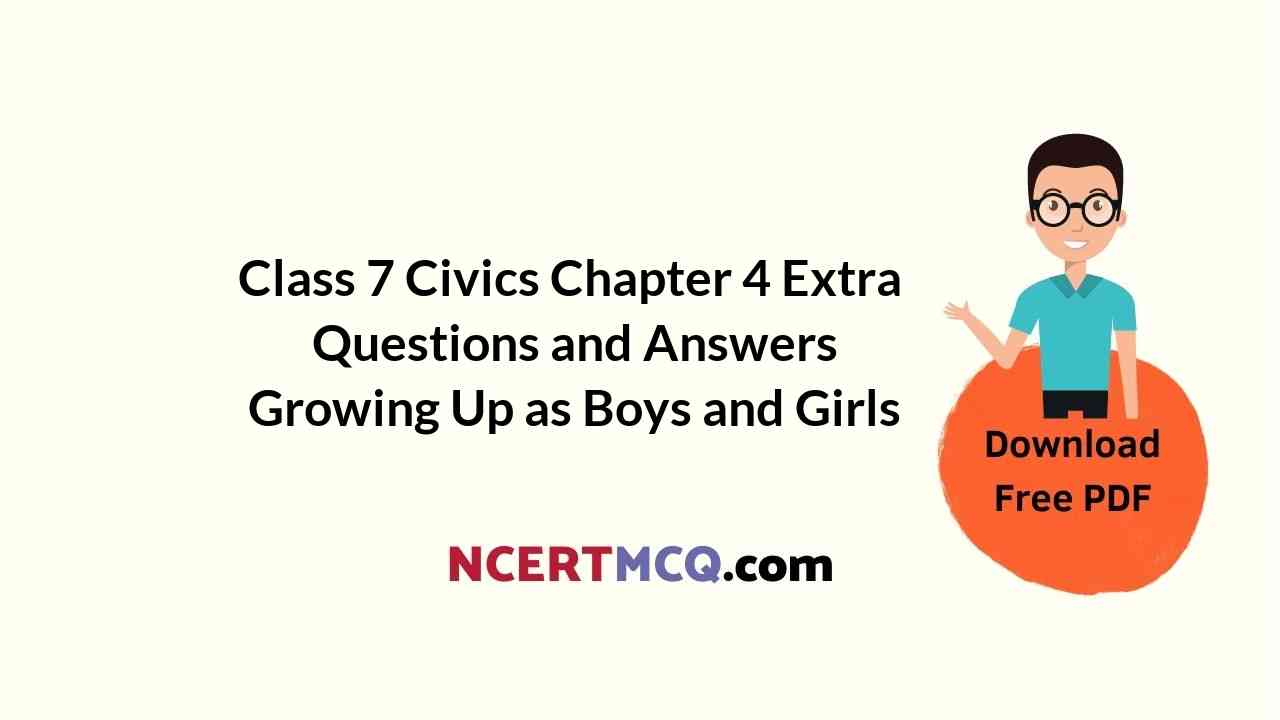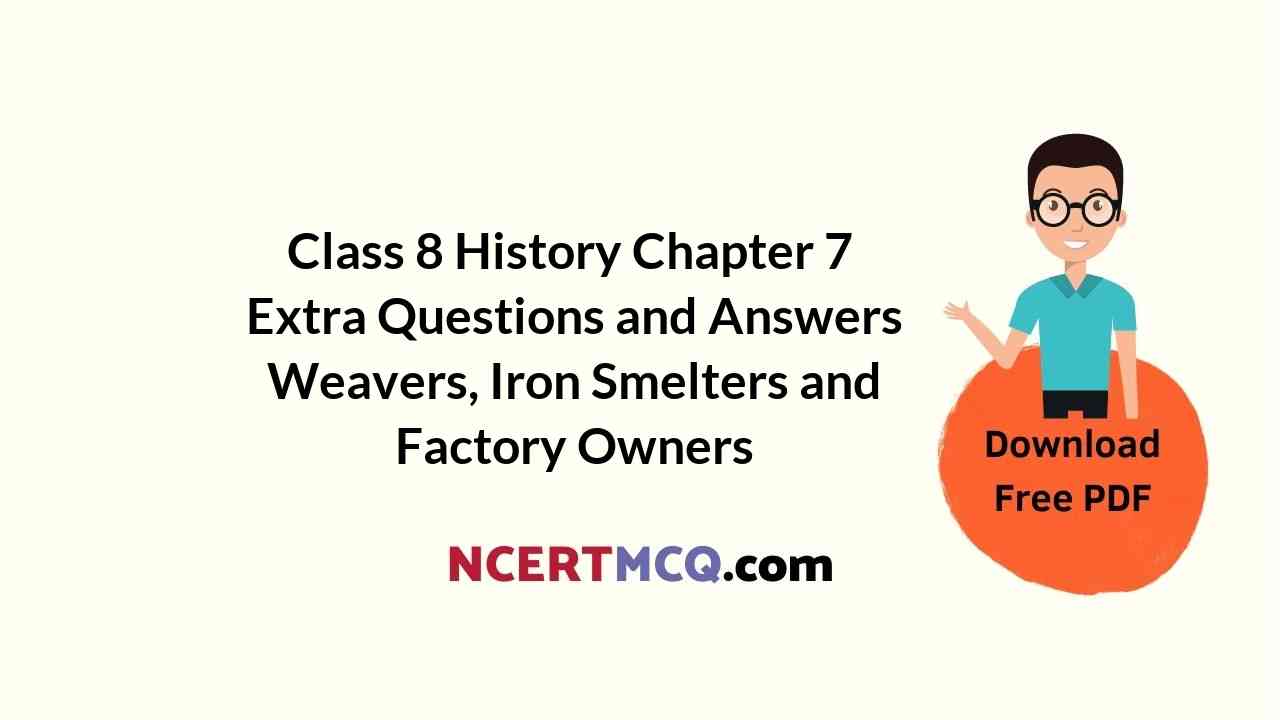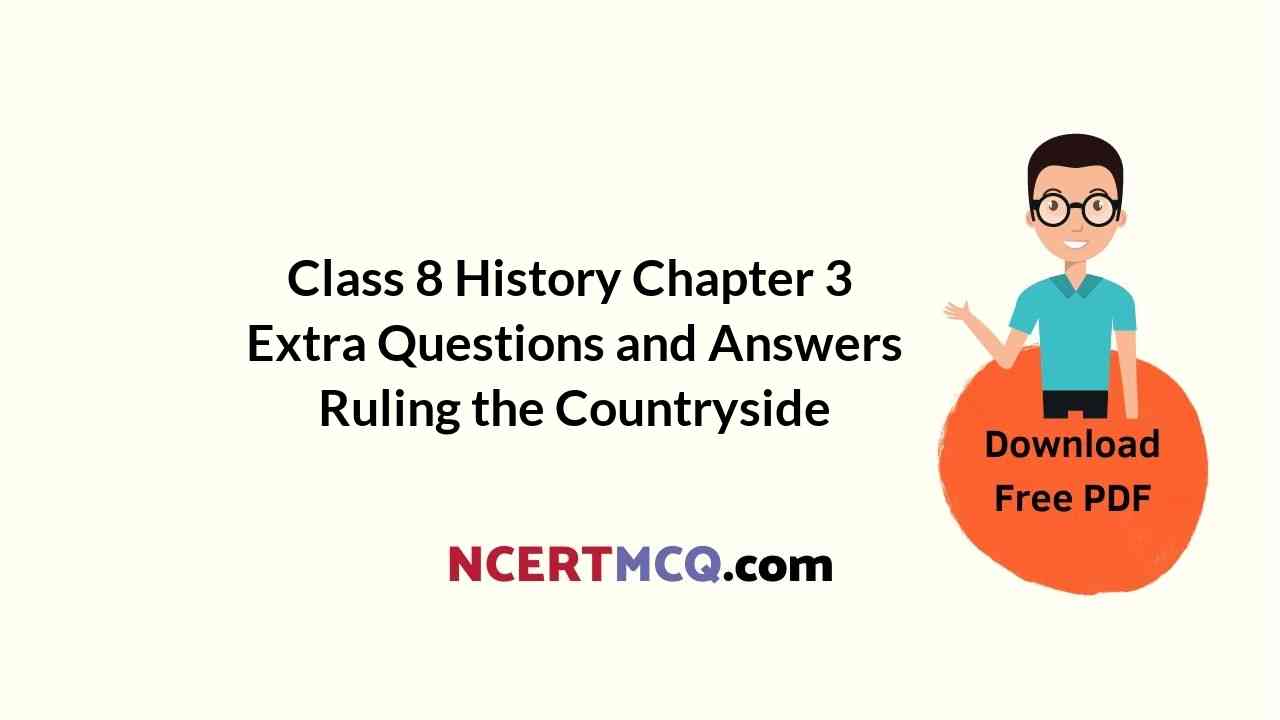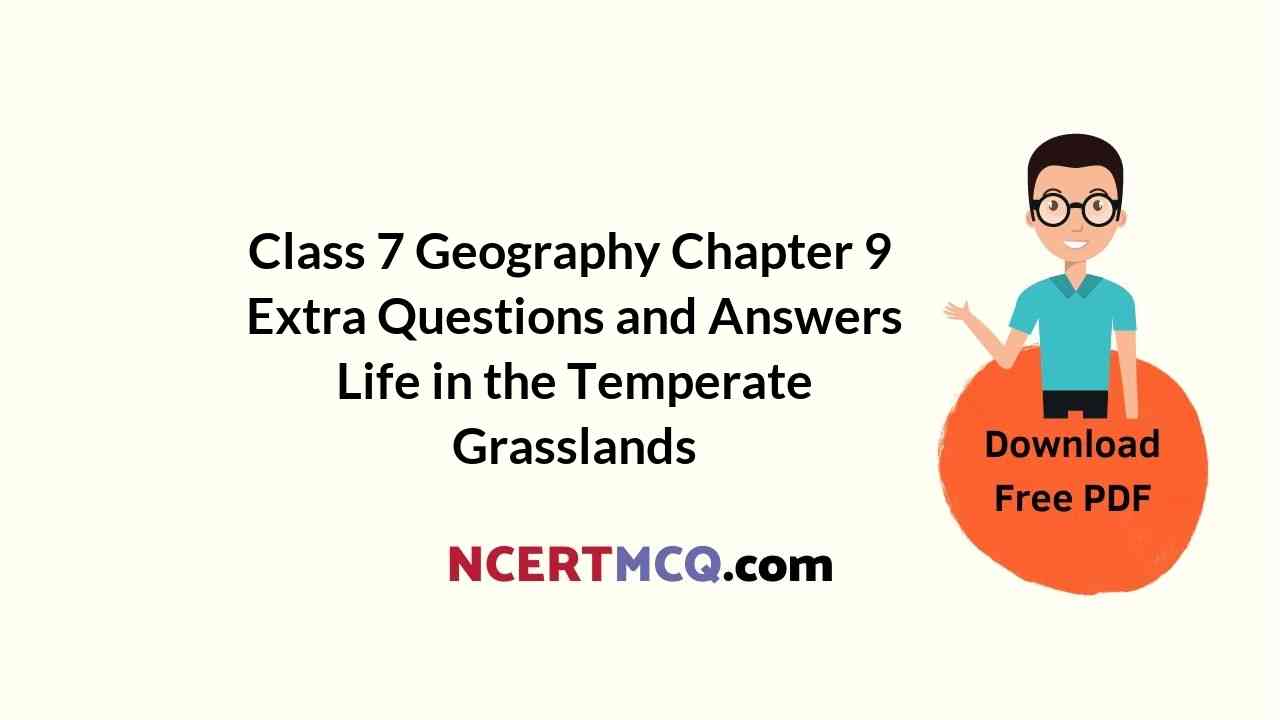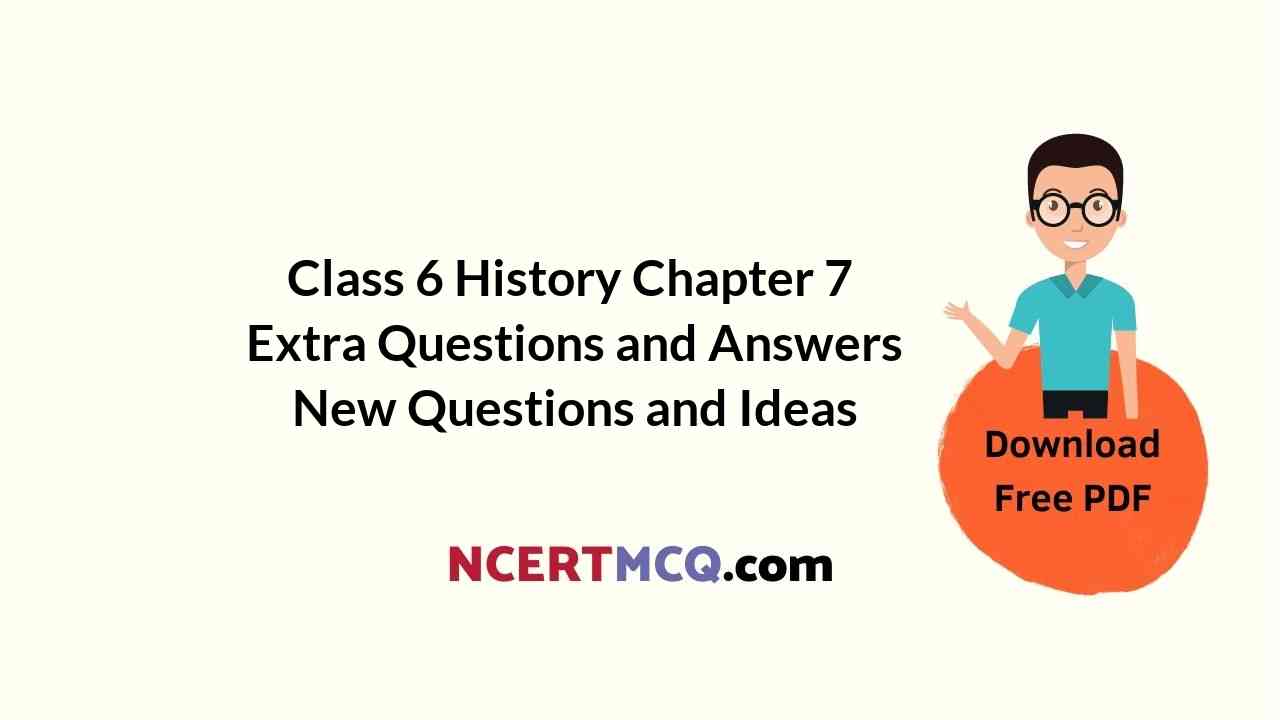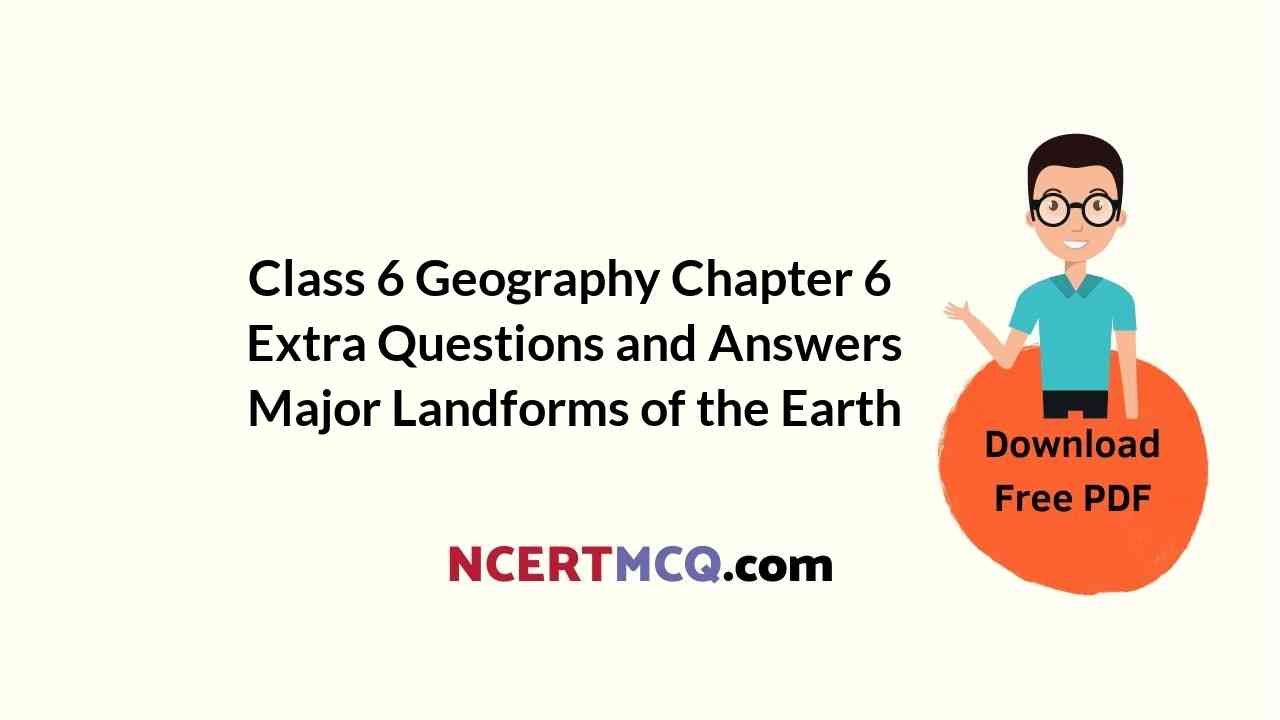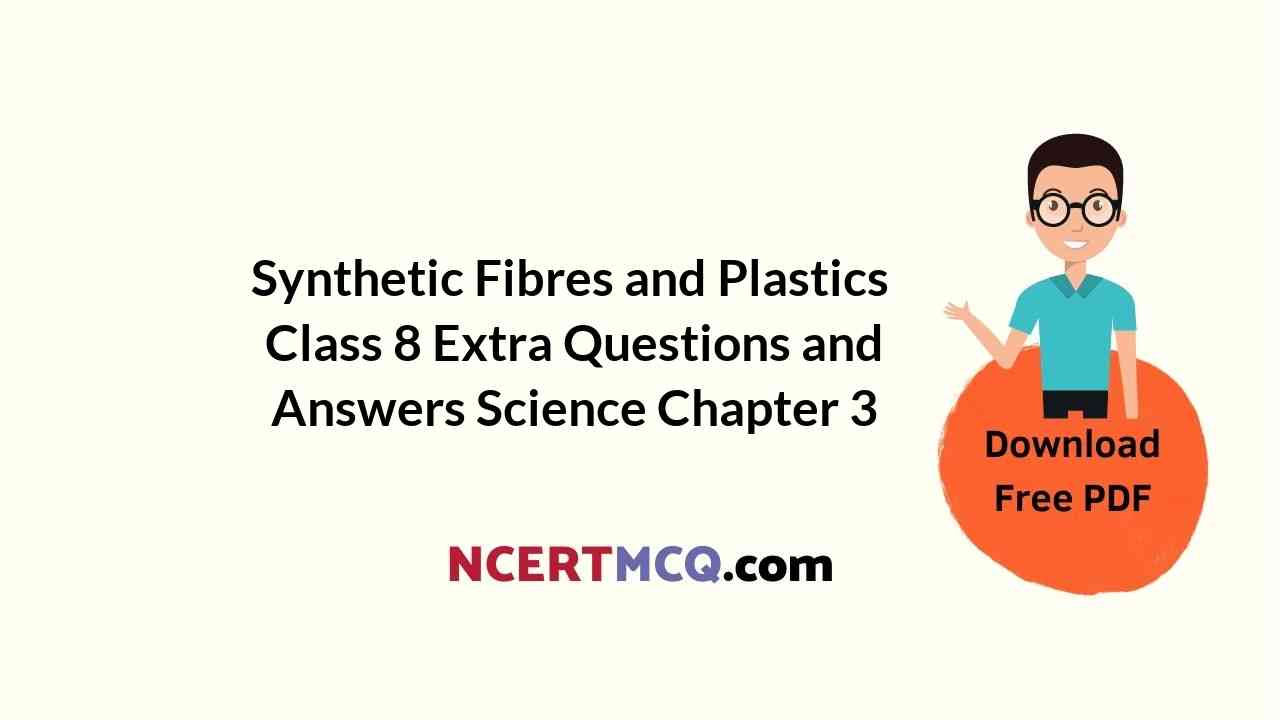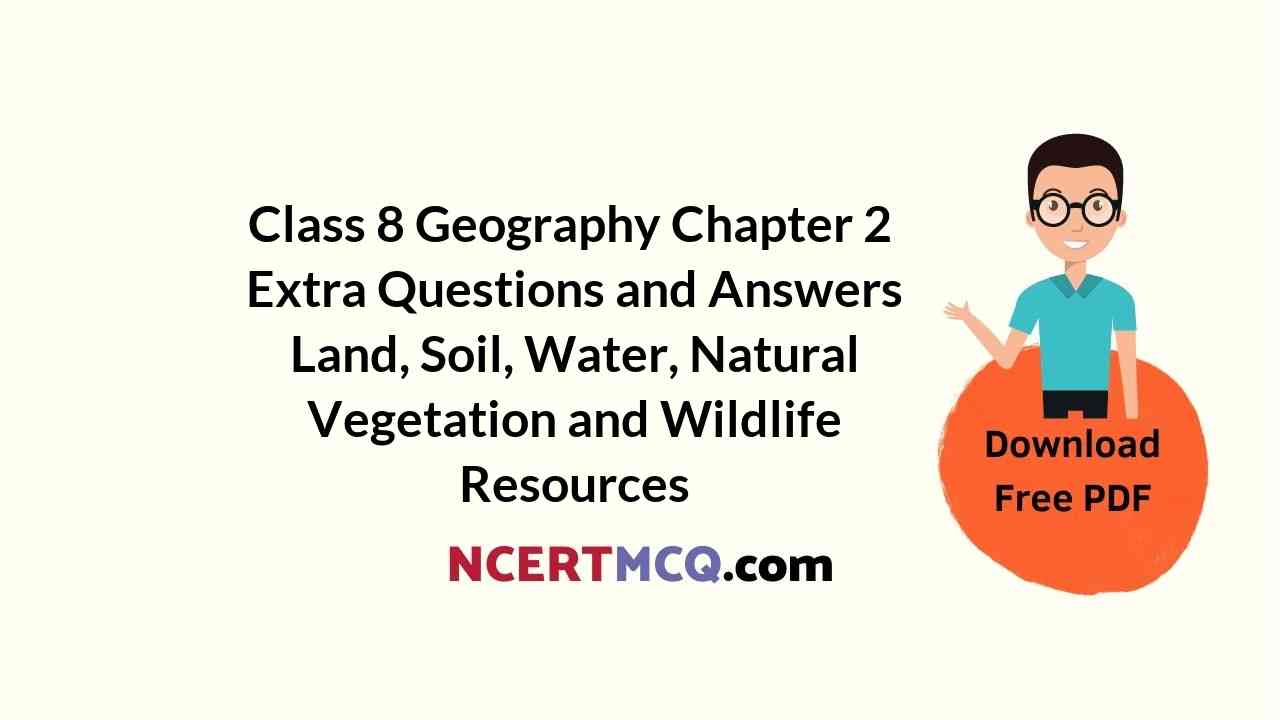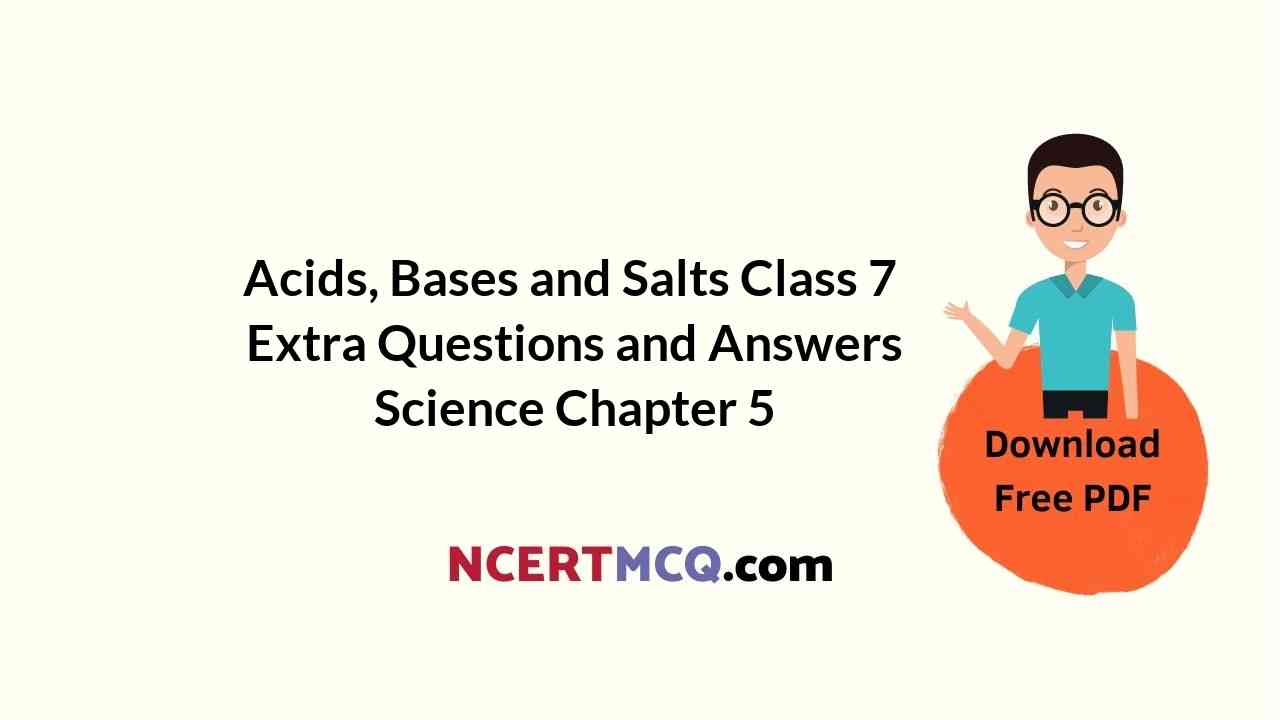Check the below Online Education NCERT MCQ Questions for Class 9 Civics Chapter 3 Extra Questions and Answers Constitutional Design Pdf free download. https://ncertmcq.com/extra-questions-for-class-9-social-science/
Online Education for Constitutional Design Class 9 Extra Questions Civics Chapter 3
Question 1.
Mention the number of states in the Union of India.
Answer:
Twenty eight (2006).
Question 2.
Mention the number of union territories in India.
Answer:
Seven (2006).
Question 3.
Give the dafe when the Constitution of India was Enforced.
Answer:
January 26, 1950, also called the Republic Day.
Question 4.
Who was elected as the President of the Constituent Assembly ?
Answer:
Dr. Rajendra Prasad.
Question 5.
Name the chairman of the drafting committee who drafted the constitution.
Answer:
Dr. B. R. Ambedkar.
![]()
Question 6.
Name the three states which Originated in 2001..
Answer:
- Chattisgarh,
- Uttranchal,
- Jharkhand.
Question 7.
What is meant by the union territory?
Answer:
Union territory is the region where the government is under the direct control of the Centre.
Question 8.
For how many days did the Constituent Assembly meet?
Answer:
114 days.
Question 9.
What time was taken in the making of the constitution?
Answer:
2 years 11 months and 18 days.
Question 10.
Why tire Constitution is called a living document?
Answer:
The Constitution is called a living document because it has the scope of continuous development according to the needs, aspirations and the expectations of the people.
Question 11.
Name the countries from where the Constitution had incorporated some of the salient features.
Answer:
- England,
- Ireland,
- France.
- U.S.A
- Australia.
Question 12.
Who set out the underlying philosophy of the Constitution?
Answer:
Jawaharlal Nehru.
![]()
Question 13.
What is highlighted by the Preamble?
Answer:
The Preamble highlights the fundamental and noblest values and guiding principles on which the Indian Constitution is based.
Question 14.
How many items are there in the Concurrent List ?
Answer:
47.
Question 15.
How many items are there in the State List?
Answer:
66.
Question 16.
Which one of the three lists has Tnaximum of the items?
Answer:
The Union List.
Question 17.
How many subjects are there in the Union List ?
Answer:
97.
Question 18.
Which kind of citizenship has been provided in India?
Answer:
Single citizenship.
Question 19.
What are the provisions made by the, Indian Constitution to cope with a situation which is not normal?
Answer:
Emergency provisions.
Question 20.
By whom the residuary powers are enjoyed?
Answer:
By the Central Government.
![]()
Question 21.
In which of the lists the subjects like criminal and civil procedure are included?
Answer:
In the Concurrent List.
Question 22.
Name some of the subjects included in the Union List.
Answer:
- Banking,
- Telegraph,
- Defence,
- Foreign affairs,
- Atomic Energy etc.
Question 23.
Name some of the subjects included in the State List.
Answer:
- Police,
- Local government,
- Agriculture,
- Trade and commerce etc.
Question 24.
At the time of emergency which one of the governments has been more powers?
Answer:
The Central Government.
Question 25.
How were the number of seats allocated to the states?
Answer:
Each of the states was allocated the number of seats in such a manner that the ratio between the number of seats and the population remain practical.
Question 26.
What is Constitution?
Answer:
Constitution is a set of rules according to which the government of a country runs. The constitution also defines the composition and powers of the three organs of the government- the Executive, the Legislative and the Judiciary.
The constitution also explains the relations between the government are the citizens. The constitution defines the powers of the government so clearly that in order to make sure the government does not misuse its powers. The constitution protects the right of the citizens. In fact, every independent country prepares a constitution of its own as it signifies independence.
Question 27.
Explain in your own words the difference you find between the political maps of India, in 1947 and in 2002.
Answer:
The political map of India in 1947:
In 1947, when India got its freedom; it had provinces and several princely states. Many of its parts were still: under the foreign possession like Pondicherry, Yanam, Mahe, and Chandernagore were under the French rule while Goa, Daman and Diu were under the rule of Portugal, This also shows nearly 562 princely states independence. Hie political map of India in 2002: This map shows the present political condition of India. having 28 states and 7 union territories. In the present map of India, there is no foreign territory.
Question 28.
Why the Constituent Assembly is called the miniature India?
Answer:
The Constituent Assembly is called the miniature India because the members of the Constituent Assembly were from all of the parts and communities of the country. In fact, the Constituent Assembly did not only have the members from different communities and regions but also had the members representing different political parties. Hence, it was a miniature India in a very true sense.
Question 29.
Give a brief description of the Constituent Assembly.
Answer:
The Constituent Assembly had the great leaders like Pt. Jawaharlal Nehru, Sardar Ballabhbhai Patel, Maulana Abdul Kalam Azad, Dr.Shyama Prasad Mukerji, Sardar Baldev Singh. Dr. Rajendra Prasad was the President of the Constituent Assembly. Dr. B.R. Ambedkar was the Chairman of the Drafting Committee.
In fact, the Constituent Assembly had its members from different regions and sections of India. More than 30 members were from scheduled castes. The Anglo Indian community was being represented by Frank Anthony while H. P. Modi was representing the Parsi community.
Question 30.
Make a table of the languages which have been included in the Constitution.
Answer:
Assemse Bengali Gujarati’ Hindi Dogri Kannada Kashmiri Konkani Malayalam
Manipuri Marathi Nepali Orissa Santhali
Punjabi Sanskrit Sindhi Tamil Maithali
Telugu Urdu Bodo
Question 31.
Name the states which were carved out of in view of the popular demand much after 1956.
Answer:
In 1956 the states of India were reorganized for the first. But several states were carved out in view of the popular demands.
These states are
- Gujarat,
- Nagaland,
- Haryana,
- Mizoram,
- Himachal Pradesh,
- Manipur,
- Meghalaya,
- Arunachal Pradesh,
- Tripura,
- Goa,
- Chhattisgarh,
- Jharkhand,
- Uttaranchal.
![]()
Question 32.
How many members were there in the Indian constituent Assembly in December 1947?
Answer:
In December 1947 the Constituent Assembly of India had 299 members. 229 members among them were from the Indian states while 70 members were from the princely states.
Question 33.
Why has Hindi been adopted as the official language of the Union government?
Answer:
After the independence, the need of adopting an Indian language to replace English was felt.
The Constituent Assembly choose Hindi to replace English because of the following reasons:
- Of all the Ind.ian languages, Hindi is spoken by a large number of the people. ‘
- Hindi is understood by a large number of people.
- Even the persons whose mother tongue is not Hindi can understand Hindi.
“Because of these plus points, Hindi has been adopted as the official language of the Union government.
However, an assurance was also given that so long as it is found necessary the non- Hindi speaking states have been given the liberty to use English along with Hindi.
Question 34.
What was the need of reorganization of the states after the independence?
Answer:
Soon after the independence, most of the princely states and the states were joined together so that the unity and the integration of the country would be maintained. But after some time the need was felt to reorganise the states because of the expectations and aspirations of the people and also because of their demands.
Question 35.
Why is Preamble very important?
Answer:
The Preamble contains the ideals and basic principles of the Indian constitution. The Preamble is riot a part of the constitution. The Preamble is neither enforceable in a court of law. No one has the right to go to the court and say that the. Preamble has not been enforced by the government.
Yet the Preamble is, very important as it serves as the guiding light of the constitution. The Preamble of the Indian constitution makes it absolutely clear that the Indian constitution stands for justice, Liberty, Equality and Fraternity.
Question 36.
What do you know about the Universal Adult Franchise? Why the constitution of India has adopted it?
Answer:
The term Universal Adult Franchise is meant by the voting right of the citizen. In India, every citizen who has completed the age of 18 years is able to participate in the election procedure.
This right has been extended to all the citizens irrespective of. their caste, creed, colour, religion, sex or status. Our Constitution has adopted this system to make India a real democracy. In a very true sense, this feature has made India the largest democracy in the world.
Question 37.
Write down the four ideals on what the Preamble of the of India emphasises. *
Answer:
The preamble of our constitution emphasises on the following four elements-
- Justice-According to the Preamble every citizen must get justice in every sector including social, economic and political sectors.
- Liberty-Each Indian must have the liberty of thought, expression, belief, faith and worship.
- Equality-The Preamble ensures equality of status and opportunity for all the citizens.
- Fraternity-It assures the dignity of the individuals and the unity and integrity of the Nation.
Question 38.
Explain clearly the meaning given to secularism.
Answer:
Secularism in India acquired a meaning different from the way it is. understood in the West. It means respect for all religious beliefs and practices, regardless of who and what number follow a particular religion. It also means that individual has complete freedom of faith and worship.
Question 39.
Explain as to how the European countries and India got their democratic rights.
Answer:
In Europe, people won democratic rights through long struggles against, the privileges of aristocrats and powers of monarchs. Sometimes, these struggles were highly violent. For example, during the French Revolution, hundreds of supporters of monarchy were killed.
In India, the struggle for democracy was carried on against the British colonial rule. It retrained by and large peaceful. With the adoption of the Constitution, all basic democratic political rights along with universal adult suffrage were introduced in India at one stroke.
Question 40.
What is the basic structure of the T Constitution?
Answer:
The Constitution of India does not describe as what is the basic structure of the Constitution. But the Supreme Court has done it.
The basic structure of the constitution is as follows:
“every provision of the Constitution is essential; otherwise it would not have been put in the Constitution. This is true. But this does not place every provision of the Constitution in the same position. The true position is that every provision of the Constitution can be amended provided the basic foundation and structure of the Constitution remains the same.
The basic structure may be said to consist of the following features:
- Supremacy of the Constitution;
- Republican and Democratic form of Government;
- Secular character of the Constitution;
- Separation of powers between the legislature, the executive and the judiciary;
- Federal character of the Constitution.”
“The above structure is built on the basic foundation, i.e., the dignity and freedom of the individual. This is of supreme importance. This cannot, by any form of amendment, be destroyed,” The Supreme Court said this in its judgement on the Kesavananda Bharati case.
Question 41.
Explain terms such as “sovereign’, ‘democratic’, and republic.
Answer:
The Constitution proclaimed India to be a sovereign democratic republic. This three words-sovereign, democratic and republic are significant. Sovereignty means supreme power. It means the right of people to take decisions on internal matters as well as policies determining our relations with other countries. As the authority of the government rests upon the support of the people, people are sovereign. Democracy means people enjoy equal political rights.
They include right to form associations, right to criticise and oppose policies of government, right to contest elections and hold public offices. People have a right to elect a government through periodical, free and fair elections. Government is responsible to people and exercises powers only as defined in the Constitution.
No government can continue in power without the support of majority of people’s representatives in the legislature. People can change the government in elections. Republic means that the head of the State (President) is an elected person. He/ she wields power for a fixed term. India is a Union of States.
Question 42.
Compare the grant of the democratic rights as it came in the European countries and in India.
Answer:
European countries had developed industrially before they became full-fledged democracies. But in India democracy came before any such substantial industrial development. At the time of its Independence, India was predominantly an agrarian economy. Illiteracy was widespread. Poverty was rampant. This was an unusual experiment in establishing democracy in conditions of mass poverty. European countries had become strong nations by the time they became democratic.
The situation was different in. our country. The task of building the nation in real sense started after we became a democracy. In Europe and America expansion of democracy took place by limiting the powers of government. People there believed that freedom is possible if there is no unnecessary interference of government in private affairs of the individual.
So they fought for freedoms against absolutist governments. But in India, government was assigned a larger role from the beginning: We wanted the state to bring about all-around development. So the expansion of democracy in India has been bound with the expansion of government.
Thus in the history of the Western nations, expansion of democracy was associated with industrialisation, emergence of strong nations, militant struggles for voting rights and limiting the governmental powers. Those countries went through these stages one after the other, over a period of nearly 200 years. But in India democracy had to address these issues all at the same time.
The country has to industrially develop, build a nation and national government, transform social relations, and meet the basic needs of the people. The Indian state had to simultaneously pursue these, goals in a democratic framework.
![]()
Question 43.
Write a brief note on the Directive Principles of State Policy.
Answer:
The Constitution prescribed certain guidelines for governments in making policies. These are called “Directive Policies of State Policy”. Their objective is to secure a social order, which promotes the welfare of the people. For example, the State should take steps for securing an adequate means of livelihood to all citizens.
The ownership and control of the material resources of the nation are to be distributed in such a way as to secure the common good. The economic system of the county is to be operated in a maimer so as to prevent concentration of wealth.
Men and women shall receive equal pay for equal work. Free and compulsory education, shall be provided to all children. Child labour shall be eliminated. The principles of socialism and. Gandhian ideals are incorporated in these Directive Principles.
Question 44.
Who proposed the Objectives Resolution? For what did it stand?
Answer:
The Objectives Resolution was proposed by Pt Jawaharlal Nehru on 13th December 1946. It was passed on 22 January 1947. Objective Resolution was in fact a document which contained the main objectives of the framing of the new constitution for India.
The Objectives Resolution stood for the. following objectives-
- The Objectives Resolution dealt with fundamentals which were commonly held and had been accepted by the people.
- The Resolution states that it is our firm and solemn resolve to have a sovereign republic.
- It stands for a free India that can be nothing but a republic.
- It declared that the Union would be an “independent Sovereign Republic” and it would be comprised of the autonomic units of the British and the princely states with residuary powers.
- It ensures that the ideas of social, political and economic democracy would be guaranteed to all the sections of the people.
- It also ensures that an adequate safeguard would be provided for minorities and the backward communities and the areas.
- It also guaranteed that the people of India would be given the freedom of thought, vocation, association, expression, belief, faith, worship and in law and morality.
Objective Type Questions
1. Fill up the following blanks with suitable words-
(i) The Constitution of our country has taken ……………………… years ……………………… months……………………… days in its making.
Answer:
2, 11,18.
(ii) In the Constituent Assembly, the Parsi community was being represented by ……………………… .
Answer:
H. P. Modi
(iii) In the Constituent Assembly, the total number of the members from the states of the British India were ……………………… .
Answer:
296
(iv) The Objective Resolution was proposed by ……………………… .
Answer:
Pt. Jawhar Lai Nehru.
![]()
2. Put (✓) before the correct sentences and (✗) before incorrect ones.
(i) The Constituent Assembly was not directly elected by the people.
Answer:
(✓)
(ii) Shyama Prasad Mukerjee was not among the leaders who guided the discussion in the constituent Assembly.
Answer:
(✗)
(iii) Constitution is a fundamental legal document.
Answer:
(✓)
(iv) British India was an independent, Sovereign and Republic.
Answer:
(✗)
(v) The underlying philosophy of the constitution was set out by Jawaharlal Nehru in his Objective Resolution.
Answer:
(✓)
![]()
(vi) Yanam was possessed by France.
Answer:
(✓)
(vii) The Drafting committee was known as the miniature of India.
Answer:
(✗)
3. Choose the correct answer from the alternatives given here:
(i) The following was the President of the Constituent Assembly:
(a) Dr. Ambedkar
(b) Dr. Rajendra Prasad
(c) Gandhiji
(d) Nehru
Answer:
(b) Dr. Rajendra Prasad
(ii) The following was the chairman of the Constitution Drafting Committee:
(a) Dr. Ambedkar
(b) Dr. Rajdendra Prasad
(c) Gandhiji
(d) Nehru
Answer:
(a) Dr. Ambedkar.
(iii) India had enacted its Constitution on:
(a) 26th January 1930
(b) 26th November 1949
(c) 15th August 1947
(d) 26th January 1950.
Answer:
(d) 26th January 1950.
![]()
(iv) India’s Constitution is:
(a) Flexible
(b) Rigid
(c) Partly flexible, partly rigid
(d) Neither flexible nor rigid.
Answer:
(c) Partly flexible, partly rigid
(v) India’s federating units are:
(a) 25
(b) 26
(c) 27
(d) 28
Answer:
(d) 28.
